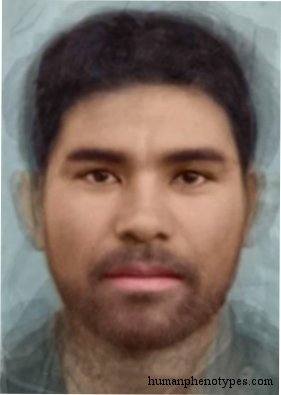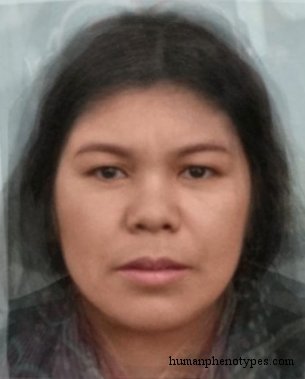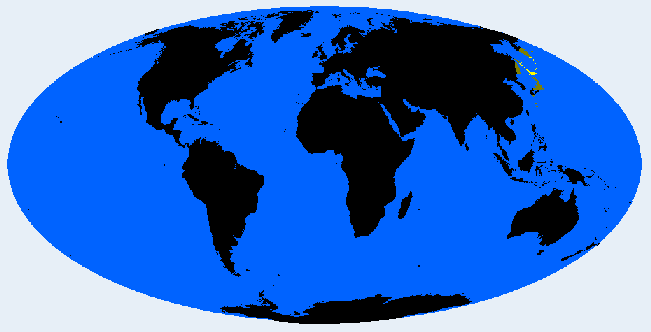Description:
Ainuid proper, the most ancient type of Japan. Resembles Paleolithic Japanese populations like the Jomon people. Probably a relict of an old group once widespread in Asia. Survived in the Ainu of Hokkaido until the 20th century. Today almost extinct due to admixture caused by centuries of Japanese assimilation policy. Occasionally in South Sakhalin, Kamchatka, Honshu, and the Kuril and Ryukyu islands.Physical Traits:
Light brown skin, wavy to curly, mostly black hair. Short, mesoskelic, endo- sometimes mesomorph. Dolicho- mesocephalic, orthocranic, rather large-headed. Mesorrhine, prominent nose with a depressed root. Face wide and low with marked features, strong supraorbital arches, heavy jaw, and thick eye-brows. Body hair strong, differing significantly from surrounding populations. Forehead is sloping, prognathy mild.Literature:
Named by Matsumura (cp. Matsumoto, 1921) and called like this by Hulse (1943), Eickstedt (1944, 1952), among others. Very detailed descriptions were given by Montandon (1927) and Koya (1937). Appears in typologies as Ainu (Cole, 1965; Biasutti, 1967), Ainuid (Vogel, 1974; Knusmann, 1996) or Ainoid Lundman, 1967).





